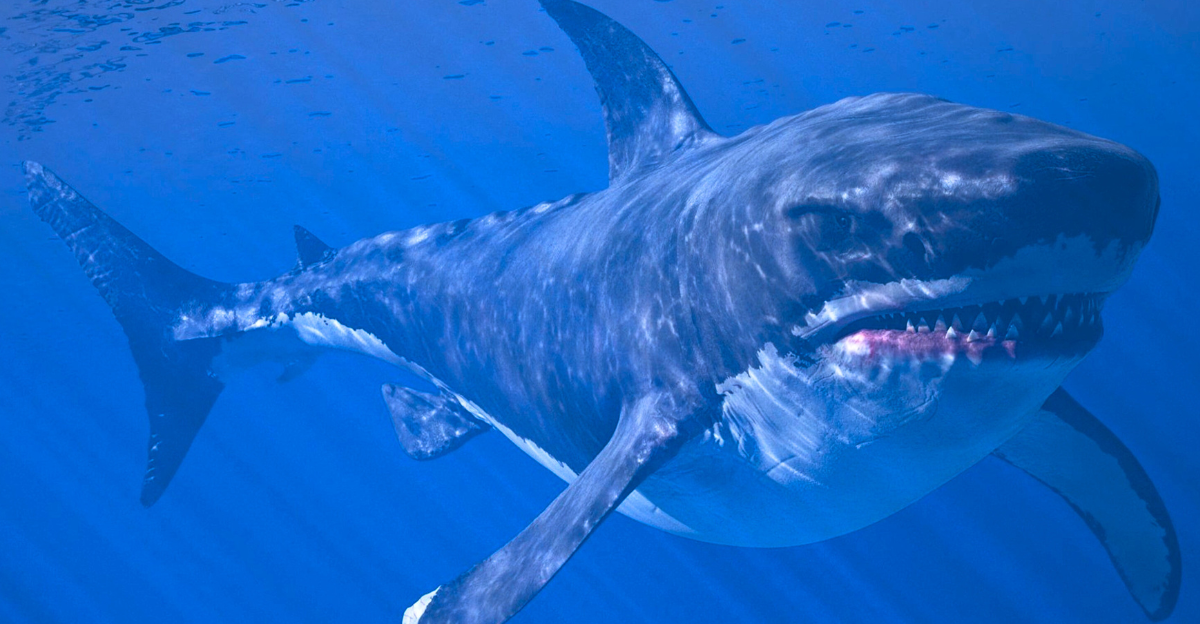
Megalodon is the largest shark that ever stalked the ocean. The fearsome animal lived during the Cenozoic Era in subtropical and temperate waters. Megalodon means “long-tooth” from the fossilized teeth found on the animal. The rest of the shark has never been preserved due to their bones being made out of cartilage.
Historical Size
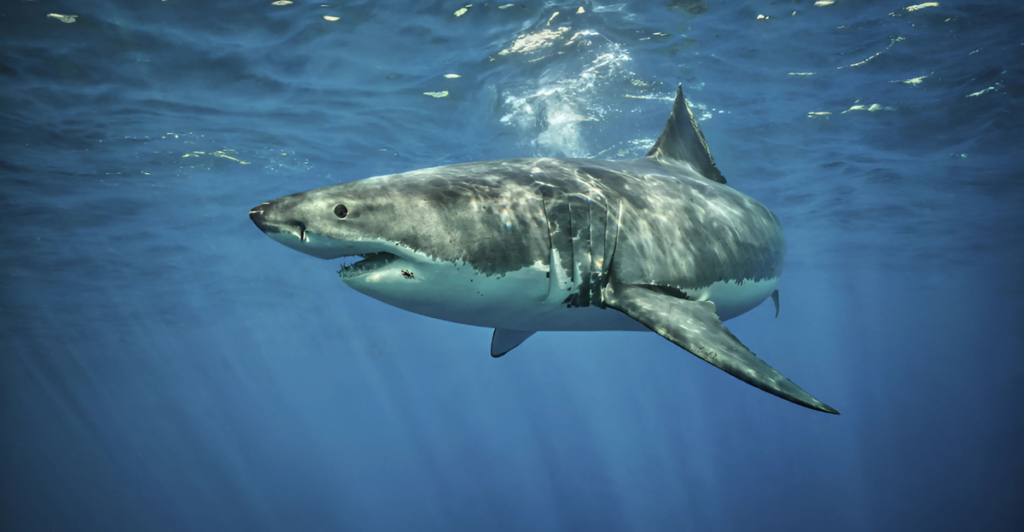
Hisorically, researchers have estimated megalodon’s size to be from 50 to 65 feet long, using its teeth as a reference. But recent finding may calculate the already enormous predators to have been even bigger than we thought.
New Research
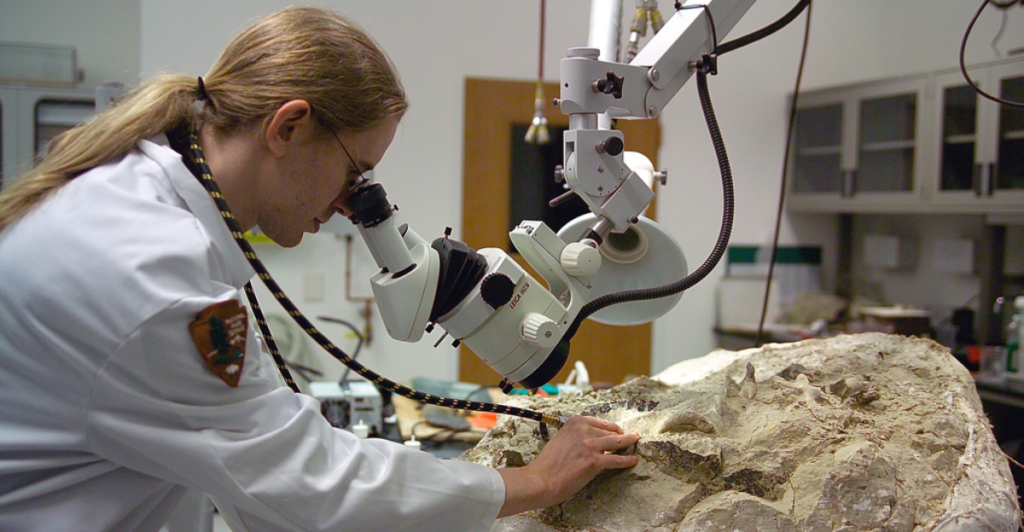
A study recently published in Palaeontologia Electronica, a credible scientific journal, challenges the previous size estimates of the megalodon. Fossilized vertebrae were found and studied by researchers, leading them to some new conclusions.
Fossil Evidence
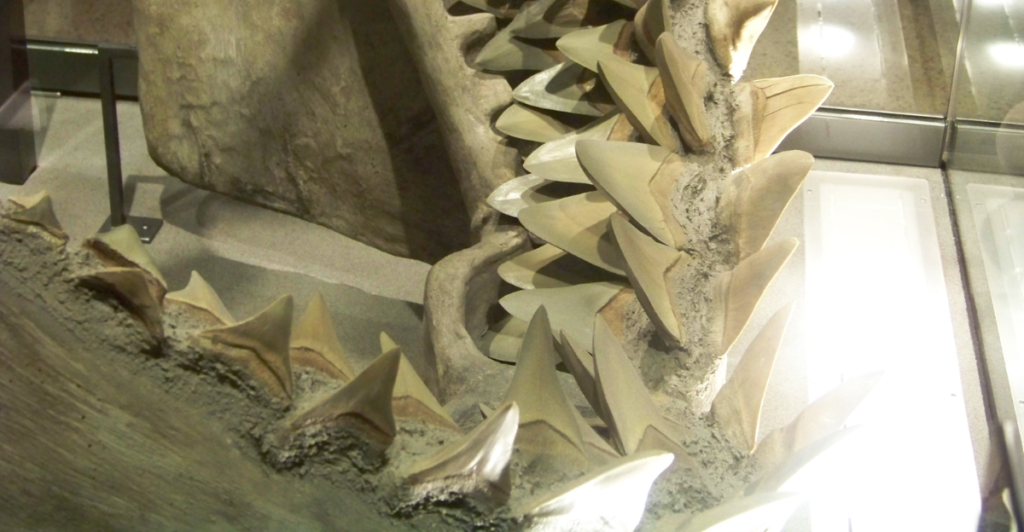
The large majority of megalodon fossils that are found are teeth. But Belgium had been hiding a rare secret – nearly intact vertebral column. Once it was found, scientists flocked to investigate it further. This has led them to reassess the size of the prehistoric animal.
A Reevaluation

For many years, megalodon was believed to have had the same body structure as the modern-day great white shark. However, after analyzing the vertebrae, researchers believe that it may have had a more streamlined body.
Comparisons
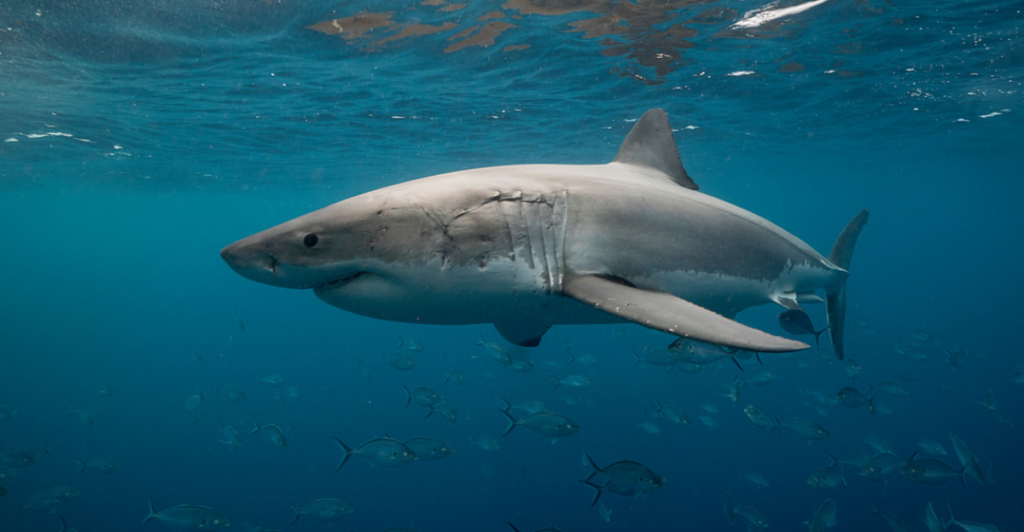
The groundbreaking research showed researchers that megalodon may have been similar to other shark species. Phillip Sternes, an expert in ecomorphology, notes, “The megalodon wasn’t merely a giant version of the great white shark… It was more closely related to different types of sharks that are around today.”
Studying The Vertebrae
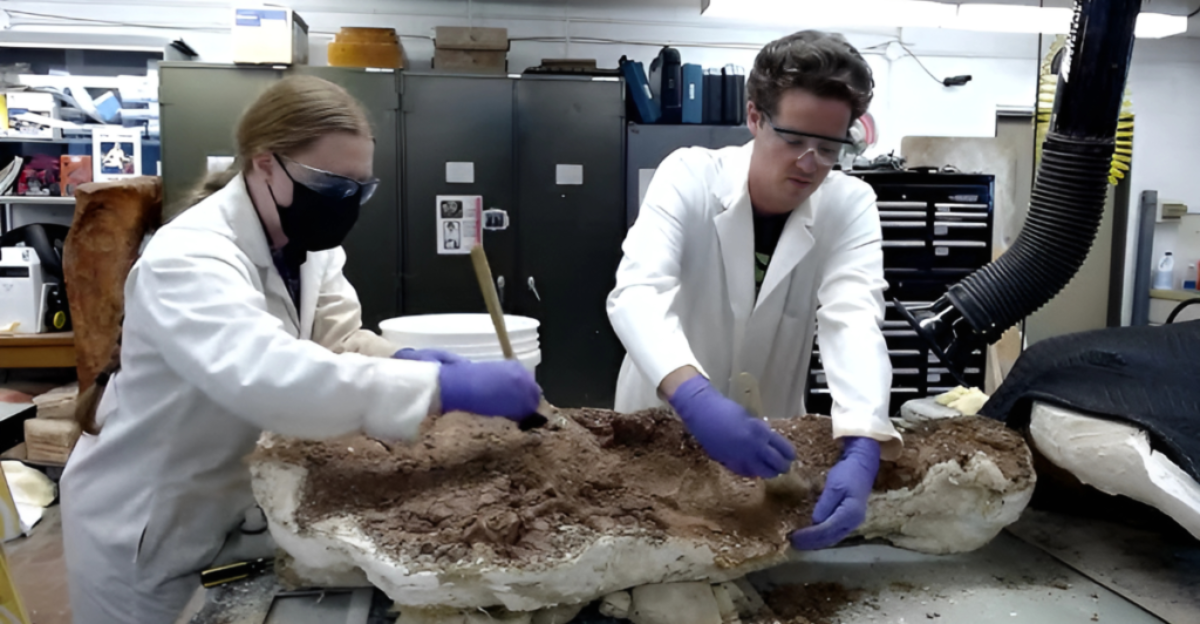
Scientists who studied the vertebral column noted that it was around 36 feet long. But that wasn’t the only one found. Another much larger vertebra was found in Denmark, and this one suggests that the megalodon could have easily been 80 feet long.
Weight
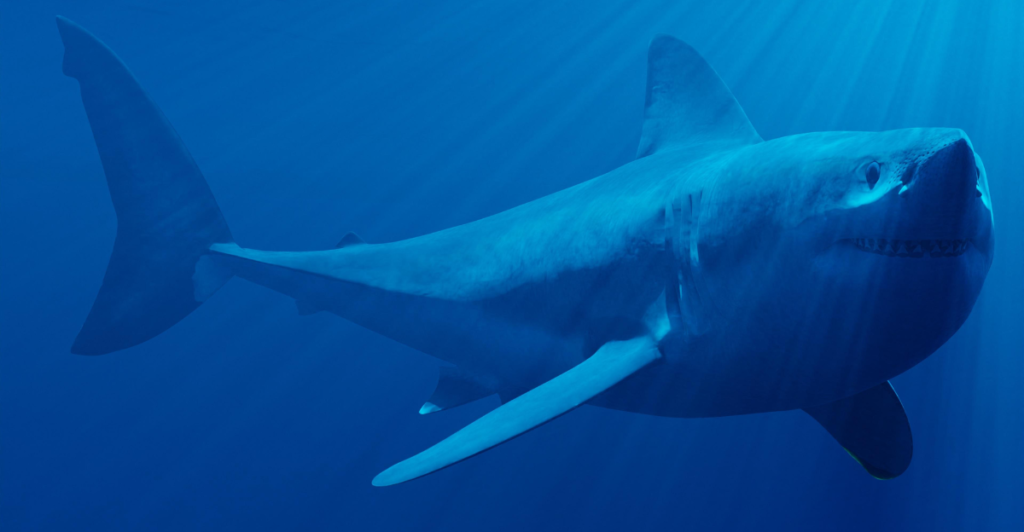
Through extensive studies of both the vertebra and other megalodon fossils over the years, researchers are able to accurately estimate how heavy the megalodon would have been. If it were to reach 80 feet long, then it would have weighed nearly 100 tons, the same weight as a blue whale.
Ecological Impact
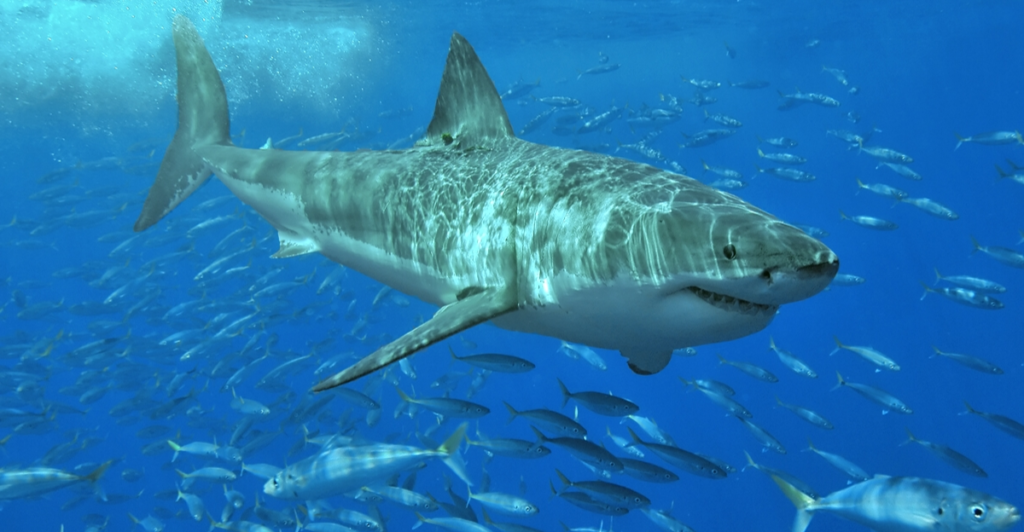
Megalodon was already thought to be one of the most fearsome predators to ever roam the ocean, but if it was even bigger, it would have had a huge impact on its ecosystem and its own survival. It’s large mass could have been its downfall, as it had to compete with smaller sharks that didn’t have to fuel themselves on such large diets.
Extinction Theories
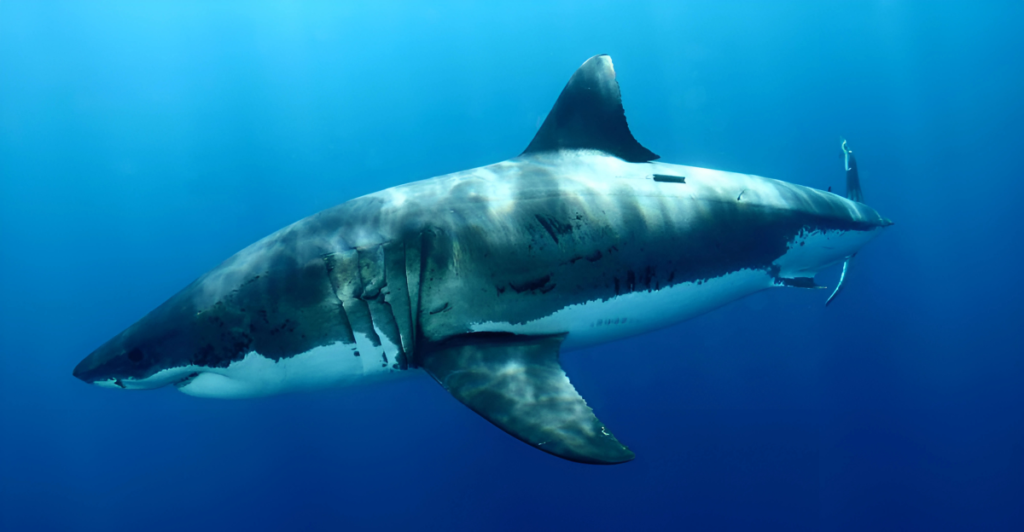
The great white shark is thought to have been Megalodon’s biggest competitor, being an apex predator in its own right, but its smaller size gave it an advantage in energy efficiency. They played a role in the megalodon’s extinction.
Distribution
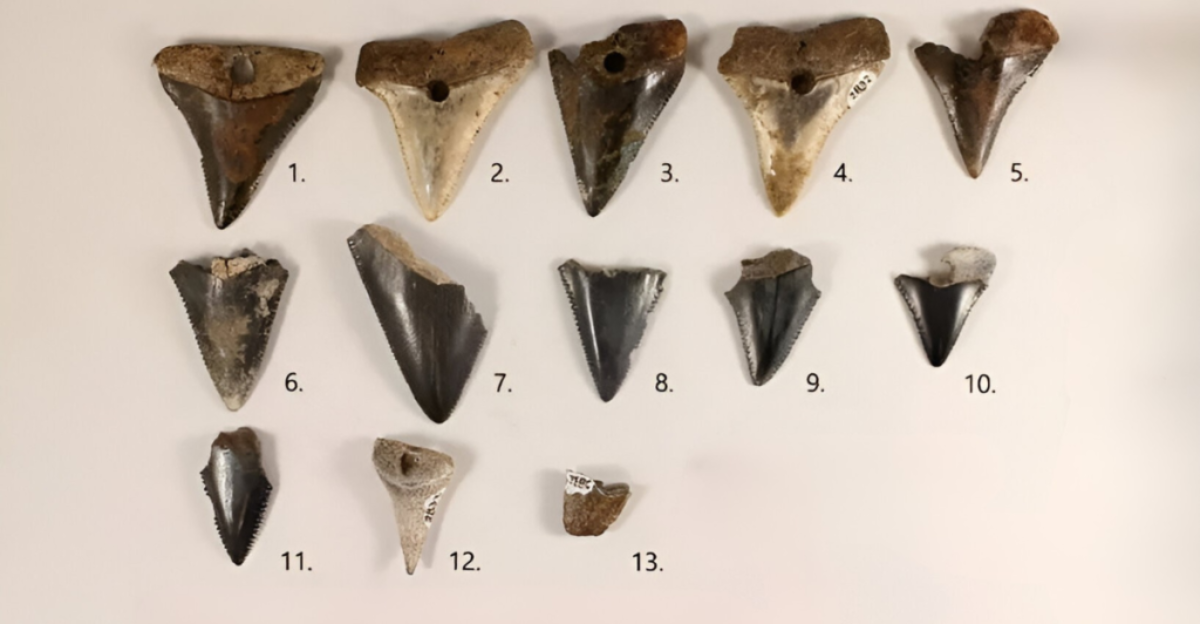
With megalodon fossils being found all over the world, it is believed that they had a global distribution. This means that at a time, they were the ruling predator in nearly every marine environment before their decline and eventual extinction.
Physiological Adaptations
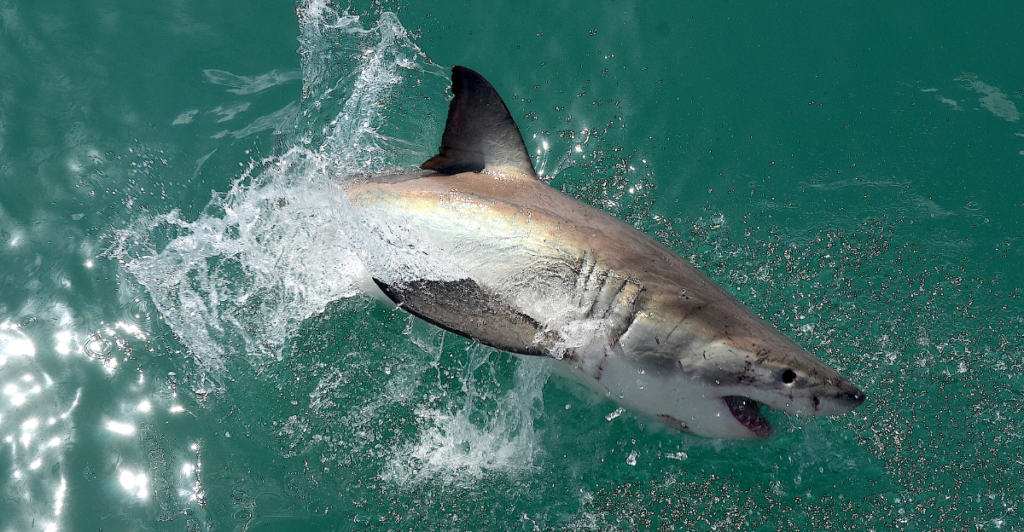
Through study, researchers have found that megalodon had a unique adaptation. Through a process called mesothermy, they could maintain a warmer body temperature than the surrounding water. This meant that they could be present in more environments compared to other marine life.
New Assumptions
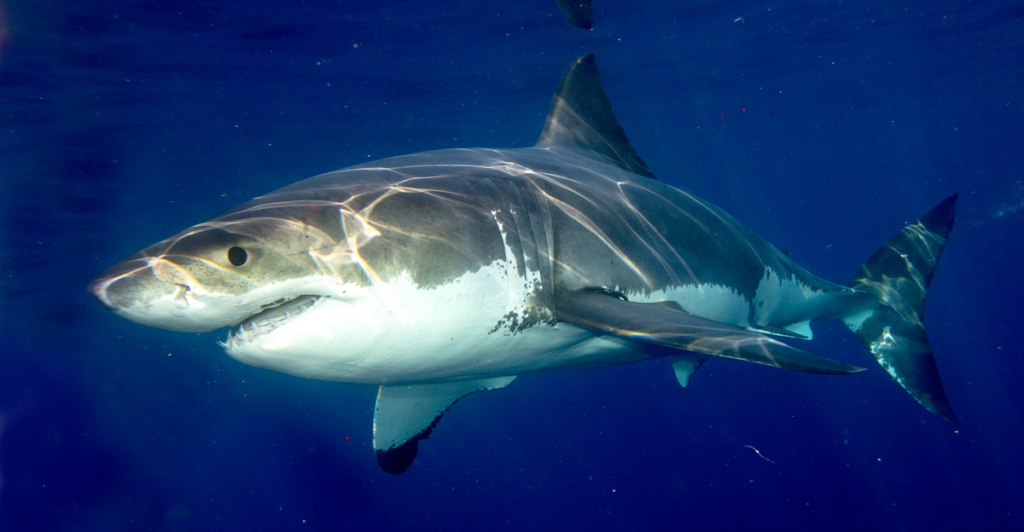
The new research of the vertebral column in both Denmark and Belgium paint a different picture compared to established theories on the species. The sleeker body and larger size only emphasizes their role as a fearsome predator in the ocean.
Explore more of our trending stories and hit Follow to keep them coming to your feed!

Don’t miss out on more stories like this! Hit the Follow button at the top of this article to stay updated with the latest news. Share your thoughts in the comments—we’d love to hear from you!







